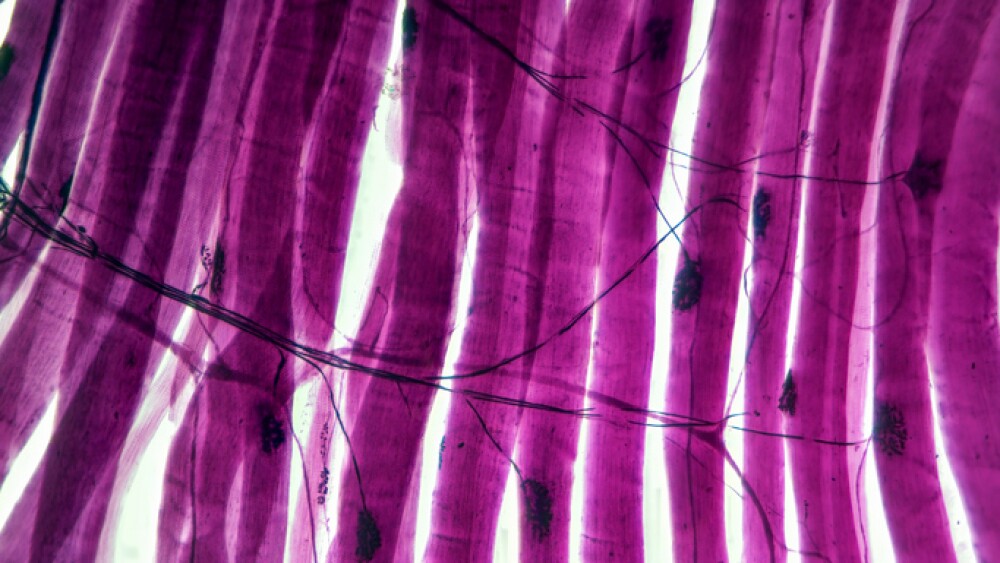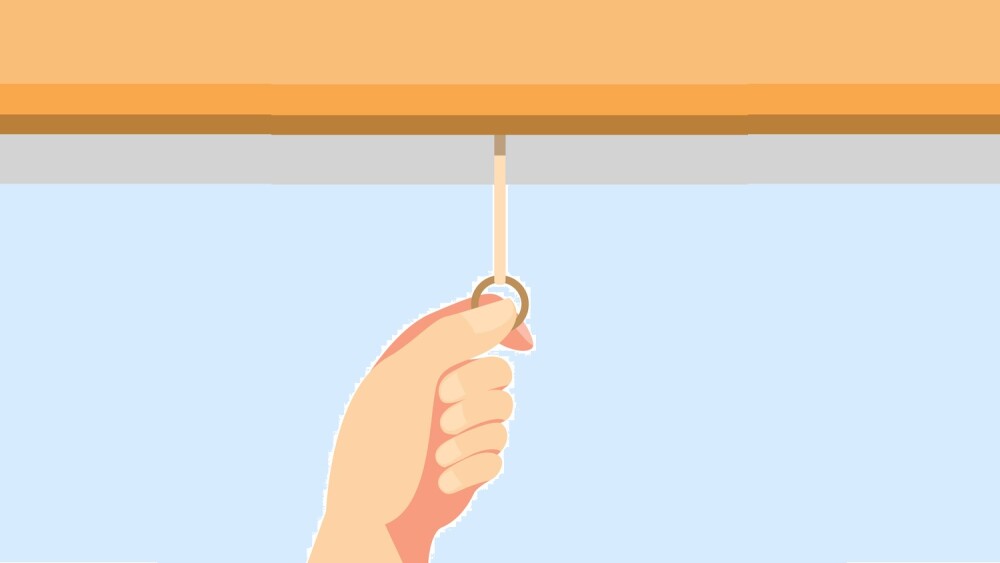Access Vascular, Inc. announced findings from new data showing a reduction in bacterial adhesion and thrombus accumulation in peripherally inserted central catheters and midline catheters with AVI’s MIMIX® hydrophilic biomaterial compared with conventional catheters.
Data presented at the Infusion Nurses Society Annual Scientific Meeting demonstrates limited bacterial adhesion and thrombus accumulation with MIMIX™ material
BILLERICA, Mass.--(BUSINESS WIRE)-- Access Vascular, Inc. (AVI), a company addressing the most common and costly vascular access complications with its advanced biomaterial platform, today announced findings from new data showing a reduction in bacterial adhesion and thrombus accumulation in peripherally inserted central catheters (PICCs) and midline catheters with AVI’s MIMIX® hydrophilic biomaterial (HBM) compared with conventional catheters.
The new data, shared May 19 at the annual scientific meeting of the Infusion Nurses Society in Kansas City, Mo., compared bacterial adhesion on two polyurethane-based catheters with the HBM. The HBM demonstrated a 99.999 percent reduction in bacterial adhesion compared with both a standard polyurethane catheter and a Chlorhexidine gluconate (CHG)-coated polyurethane material.1
“These results add to our compendium of MIMIX® evidence showing lower rates of the most common and costly complications associated with vascular access devices,” said James Biggins, founder and CEO of Access Vascular. “We have now shown that our HBM-based catheters significantly reduce bacterial adhesion, compared to all major catheter materials currently available, and may be the key in the fight against catheter-associated bloodstream infections.”
The study also demonstrated a 97 percent reduction in surface thrombus accumulation for the HBM catheter material compared with the CHG-coated polyurethane catheter, and 98 percent versus standard polyurethane, echoing results shared in multiple prior studies demonstrating the thromboresistance of HBM catheters.2,3
“These new data reinforce my belief that this unique material can have a substantial impact on reducing complications related to vascular access, such as bloodstream infections,” said Lee Steere, nurse manager for IV Therapy Services at Hartford Hospital in Connecticut. “Our facility has logged zero catheter-related bloodstream infections since we began using AVI’s HydroMID® catheters in early 2023.”
Central-line associated bloodstream infections (CLABSI) can increase hospital length of stay (LOS) by more than 17 days, increase costs by more than $55,000 per admission, and pose a more than 3.5-fold increased risk of mortality in ICU patients.4 A single CLABSI case can cost a hospital more than in $1 million in lost revenue, not including impacts on CMS reimbursement, and lead to myriad patient complications.5,6 Rates of CLABSI infection have risen as much as 51 percent since the COVID-19 pandemic.7
About Access Vascular
Access Vascular was founded to address the most common and costly complications of intravenous therapy: infection, thrombosis, and phlebitis. Taking a foundationally different approach to thrombus reduction, the company manufactures intravenous catheters from a proprietary hydrophilic material. Engineered to mimic the body’s natural chemistry, Access Vascular catheters are designed to evade the foreign body response and the complications that come with it. Our award-winning, FDA-cleared products are HydroPICC® and HydroMID®. For more information, please visit www.accessvascularinc.com, and follow us on LinkedIn.
[1] Data collected using in vitro and static models. Data on file at Access Vascular. Pre-clinical in vitro valuations do not necessarily predict clinical performance with respect to thrombus formation.
[2] Bunch J. A retrospective assessment of peripheral midline failures focusing on catheter composition. J InfusNurs. Sept/Oct 2022; 45(5):270-27.
[3] Bunch J. A retrospective, comparative, clinical study of occlusion rate of peripherally inserted central catheters fabricated of poly(vinyl alcohol)-based hydrogel composite. J Mater Sci Mater Med. 2023 Jul 21;34(7):34.
[4] Yu, C, et al. Characteristics, costs, and outcomes associated with central-line–associated bloodstream infection and hospital-onset bacteremia and fungemia in US hospitals. Infect. Control Hosp. Epidemiol. 2023 July 44:12
[5] Shepard, J. Could the prevention of health care-associated infections increase hospital cost? The financial impact of health care-associated infections from a hospital management perspective. J of Infection Control; 48 (2020) 255−260.
[6] Siempos II, Kopterides P, Tsangaris I, Dimopoulou I, Armaganidis AE. Impact of catheter-related bloodstream infections on the mortality of critically ill patients: a meta-analysis. Crit Care Med 2009; 37:2283-9.
[7] Fakih, M., et al. (2021). Coronavirus disease 2019 (COVID-19) pandemic, central-line-associated bloodstream infection (CLABSI), and catheter-associated urinary tract infection (CAUTI): The urgent need to refocus on hardwiring prevention efforts. Infection Control Hospital Epidemiology, 1-6. Doi:10.1017/ice.2021.70
View source version on businesswire.com: https://www.businesswire.com/news/home/20240521269547/en/
Contacts
Brad Perriello
Circle Hill Communications
617.817.1385
brad@circlehillcommunications.com
Source: Access Vascular, Inc.
View this news release online at:
http://www.businesswire.com/news/home/20240521269547/en





